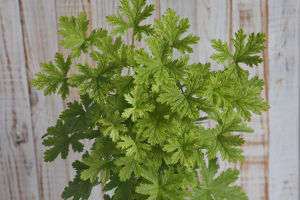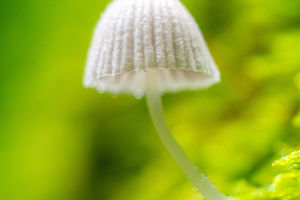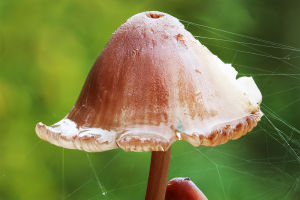Flamingo Lily, scientifically known as Anthurium, is a striking tropical plant known for its vibrant, heart-shaped blooms and glossy green leaves.
Often referred to as the "Tail Flower," this stunning plant is a beloved houseplant and ornamental choice. In this article, we will explore the elegance of the Flamingo Lily, its unique characteristics, and essential care tips for keeping it thriving in your home.
1. The Anatomy of Anthurium
Heart-Shaped Flowers: Flamingo Lily's most distinctive feature is its waxy, heart-shaped spathes from vibrant reds to pinks, whites, and even greens.
Sleek Leaves: Glossy, dark green leaves provide a beautiful backdrop to the striking spathes.
Berries: Once the spathes fade, small clusters of red or yellow berries may appear, adding an extra touch of visual interest.
2. Origin and Symbolism
Native to the Americas: Flamingo Lilies are native to tropical regions of Central and South America.
Symbol of Hospitality: Anthurium symbolizes hospitality and abundance, making it a popular gift in many cultures.
3. Varieties of Anthurium
Andraeanum: The most common type with heart-shaped, waxy blooms in various colors.
Scherzerianum: Known for its curly, lacy, or "flamingo tail" spathes.
Crystallinum: Features velvety, dark green leaves and silvery veins.
Veitchii: Characterized by long, pendulous spathes with a unique appearance.
4. Flamingo Lily Care Guide
Light Requirements: Provide bright, indirect light. Avoid direct sun, which can scorch the leaves.
Temperature: Keep your Anthurium in a warm, consistent environment. Avoid drafts and sudden temperature drops.
Watering: Allow the top inch of soil to dry out before watering. Keep the soil consistently moist but not soggy.
Humidity: Flamingo Lilies thrive in humid conditions. Consider misting the plant or using a humidity tray.
Fertilization: Use a balanced, liquid fertilizer during the growing season (spring and summer).
Repotting: Repot your Anthurium every two to three years or when it outgrows its container.
Pruning: Trim away dead or yellowing leaves to encourage new growth.
Pest Management: Keep an eye out for common houseplant pests like aphids, mealybugs, and scale. Treat promptly if detected.
5. Blooming and Reproduction
Flowering Cycle: Flamingo Lilies can bloom throughout the year with proper care.
Propagation: You can propagate Anthurium through division, stem cuttings, or seeds. The division is the most common method.
6. Indoor and Outdoor Use
Indoor Decor: Flamingo Lilies make elegant additions to home interiors, adding color and style.
Shaded Gardens: In tropical regions, Anthuriums can be grown outdoors in shaded areas or as part of landscaping.
7. Health Benefits
Air Purification: Like many houseplants, Flamingo Lilies can help improve indoor air quality by filtering out toxins.
Stress Reduction: The presence of indoor plants, including Anthuriums, has been linked to reduced stress and enhanced well-being.
8. Potential Challenges
Overwatering: Avoid keeping the soil consistently wet, as it can lead to root rot.
Low Humidity: Flamingo Lilies may suffer from brown leaf edges. Increase humidity to mitigate this in dry indoor environments.
Pests and Diseases: Regular inspection and care can help prevent infestations and diseases.
9. Seasonal Tips
Winter Care: Reduce watering and fertilizer during the plant's dormant period in winter.
Spring Revival: As spring arrives, increase care and resume fertilization to encourage new growth and flowering.
The Flamingo Lily, also known as the Tail Flower or Anthurium, is a captivating plant with a unique blend of elegance and tropical charm.
Its heart-shaped blooms and glossy leaves make it a favorite among houseplant enthusiasts, and its symbolism of hospitality adds to its appeal.
By providing the right care, you can enjoy the beauty and benefits of the Flamingo Lily in your home, making it a delightful addition to your indoor garden.


